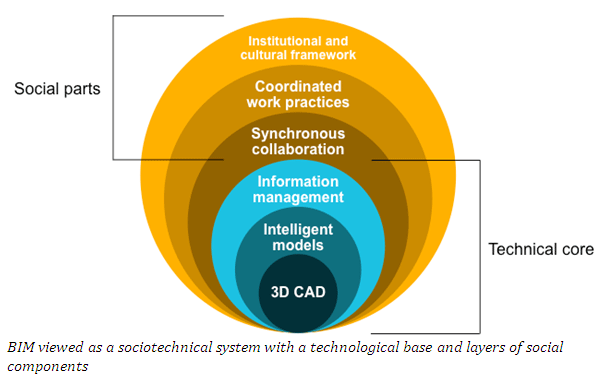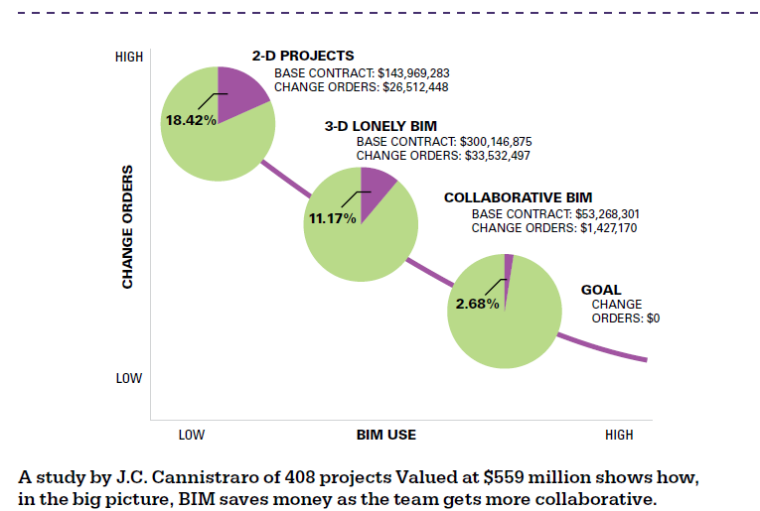While strong progress has been made, the real estate industry is struggling to quantify and articulate the value of sustainable property investment. The vast majority of investment decisions, even by sophisticated investors, are being made based on simple payback or simple return on investment (ROI) calculations.
Most investors, and many tenants, today understand that sustainable properties can generate health and productivity benefits, recruiting and retention advantages, and reduce risks, but struggle to integrate benefits beyond cost savings into their valuations and underwriting.
The failure by property investors to appropriately incorporate revenue and risk considerations into sustainable investment decisions has led to underinvestment in sustainability.
Today, with increasing government regulations and incentives and rapidly growing tenant and investor interest in sustainability, failure to properly incorporate value considerations beyond cost savings will increasingly result in sub-optimal financial results for investors. As a consequence, society will not be able to achieve its carbon reduction goals.
In accordance with its mission and the needs of the industry, the Green Building Finance Consortium (GBFC) presents Value Beyond Cost Savings: How to Underwrite Sustainable Properties, a book designed to assist private investors in making better financially based sustainable property investment decisions.
While strong progress has been made, the real estate industry is struggling to quantify andarticulate the value of sustainable property investment. The vast majority of investmentdecisions, even by sophisticated investors, are being made based on simple payback orsimple return on investment (ROI) calculations.
Most investors, and many tenants, todayunderstand that sustainable properties can generate health and productivity benefits,recruiting and retention advantages, and reduce risks, but struggle to integrate benefitsbeyond cost savings into their valuations and underwriting.3The failure by property investors to appropriately incorporate revenue and riskconsiderations into sustainable investment decisions has led to underinvestment insustainability. Today, with increasing government regulations and incentives and rapidlygrowing tenant and investor interest in sustainability, failure to properly incorporate valueconsiderations beyond cost savings will increasingly result in sub-optimal financial resultsfor investors. As a consequence, society will not be able to achieve its carbon reductiongoals.In accordance with its mission and the needs of the industry, the Green Building FinanceConsortium (GBFC) presents Value Beyond Cost Savings: How to Underwrite SustainablePropertiesValue Beyond Cost Savings – FOR EDUCATIONAL PURPOSES ONLY, a book designed to assist private investors in making better financially based sustainable property investment decisions.
What is a Sustainable Property?
1. Financial Perspective
Proper financial analysis of a property requires explicit consideration of the potential benefits that will accrue through meeting regulator, space user, and investor thresholds for sustainability.
The definitions that matter for a property are those used by regulators, space users and investors.
Regulators typically have a whole series of required thresholds in building codes and ordinances in order to meet their regulatory requirements and/or obtain incentives, while space user definitions of “sustainability might incorporate an environmental rating such as LEED, internal company energy efficiency guidelines, or broader measures such as the Global Reporting Initiative or Carbon Disclosure Project
The specific certifications/definitions required by regulators, users, and investors will vary dramatically by country, government level, property type, property size, tenant mix and other factors. Fortunately, while evaluating sustainable certifications from a financial perspective can be complicated, analyzing regulator, user, and investor requirements at the property level is a core expertise practiced for decades by real estate underwriters and valuation professionals.
2. General Perspective
While this chapter focuses on financial analysis, it is important to understand the various ways sustainable properties are described to provide background and perspective for interpreting how definitions/certifications influence value.
A general consensus has emerged on the fundamental attributes of a sustainable property. One of the earliest general definitions of sustainability was adopted in 1987 by the United Nations World Commission on Environment and Development (WCED), which defined “sustainable development” as “development that meets the needs of the present without compromising the ability of the future generation to meet their own needs”.
Another good succinct definition from the YourBuilding.org website is:
A sustainable commercial building can be defined as a building with planning, design, construction, operation and management practices that reduce the impact of development on the environment. A sustainable commercial building is also economically viable, and potentially enhances the social amenity of its occupants and community.
Mass transit orientation, community connectivity, and related land-use and planning issues are a critical component of developing sustainable communities and regions, as well as buildings. Sustainable building research and certification systems have historically not adequately addressed these types of sustainable concerns and issues, focusing more on property specific and/or technological issues. Recent changes in LEED have put more priority on site related considerations and organizations like the Urban Land Institute, a leader in the “Smart Growth” movement for years, continue to push these issues to the forefront.
Although there is a general consensus on the range of environmental outcomes that asustainable building should strive for, there is no consensus on how such outcomes should be achieved, measured, certified, or valued. Fortunately, traditional real estate underwriting and valuation methods and practices are well suited to deal with these complexities.
C. Sustainable Property Features
One way to “define” a sustainable property is by its combination of sustainable features and attributes, as illustrated in the outline of the key sustainable building features of a typical office property shown in Exhibits III-1. Sustainable certifications like LEED®, BREEAM (U.K., Europe), GreenStar (Australia), CASBEE (Japan), or Green Globes™ (US, Canada) can be achieved through adoption of a wide combination of differen sustainable features, processes and outcomes.
Select Sustainable Elements — New Office Construction
Sustainable Sites
• Optimal daylight exposure through building orientation
• Reflective roof surface to reduce heat island effect
• Brownfield or urban in-fill location
• Habitat restoration or open space preservation
• Bicycle and carpool parking
• Light pollution reduction
• Storm water management/treatment
Water Efficiency
1. Water-efficient landscaping
2. Low-flow lavatory toilets and faucets
3. Storm water retention systems for landscape irrigation
Energy and Atmosphere
• High efficiency HVAC system
• High efficiency interior lighting with daylight dimming and occupancy sensors
• High performance window glazing
• Photovoltaics or other on-site renewable energy
• Additional insulation
• Commissioning of HVAC and other systems
Materials and Resources
• Environmentally friendly construction materials (regional
renewable, certified, etc.)
• Waste management plan for diverting construction debris
Indoor Environmental Quality
• Low-emitting paints, flooring and carpet adhesives
• Daylighting and exterior window views
• Zoned heating and cooling
• Under-floor ventilation
• Operable windows
• Air intakes positioned away from pollution sources
• Enclosed, ventilated mechanical rooms
• CO2 sensors
Innovation and Design Process
• Integrated design and construction approach
• Expanded design team including energy modeler, solar
design expert, and commissioning agent

















